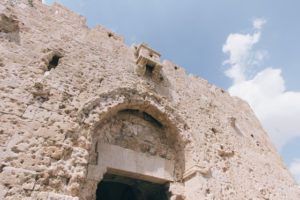Writing historical fiction requires a great deal of research. But that excites me! Research uncovers facts about people, cultures, and world events that most of us don’t know about. When history and characters intersect, one-dimensional words on paper and cardboard cutouts of its characters become three-dimensional people and events—all the makings of a great story.
My research for the the Wise Men series started with reading and re-reading Matthew 2 and Luke 2, as well as the Messianic prophecies in Isaiah 9. After that came exhaustive research to understand world events, politics, people, religions and cultures of the first century. Drilling down, I needed to know what foods they ate, how they dressed. What was the status of women in first-century Persia? Other countries? Research makes for authentic scenes and provide aha moments for the storyline.

So what was the Wise Men’s world like when they first saw the star that heralded Jesus’ birth?
- The Roman Empire and the Parthian Empire were the world’s two superpowers.
- One in four people in the world lived under Rome’s rule.
- Persia was the heart of the Parthian Empire.
(In my books, that’s where the Wise Men came from.) - Latin was the lingua franca of the Roman Empire. Aramaic was spoken throughout the Parthian Empire and Judea.
- Persia to Jerusalem was a trek of at about 1,000 miles one way.
- Religion and politics were an intermingled hot mess in both empires.
- Parthia had an official religion but was tolerant of other religions.
- The Magi weren’t just a small group of men but an entire society that wielded tremendous influence over Parthia’s religion and government.
- Magi society paralleled Jewish culture in striking ways.
>> The Pharisees were akin to Magi’s Lower Council, which was comprised of priest-scholars.
>> The Sanhedrin, the Jews’ highest governmental authority, had an equivalent with the Magi’s Upper Council.
Want to know more about my books? Sign up to receive updates.
Additionally, as each book launches, I unlock supplemental information the Resources section of this website. Want to stay in the loop and get updates on all those activities? Sign up on my mailing list!
I welcome your questions and comments. Drop me a line any time!

